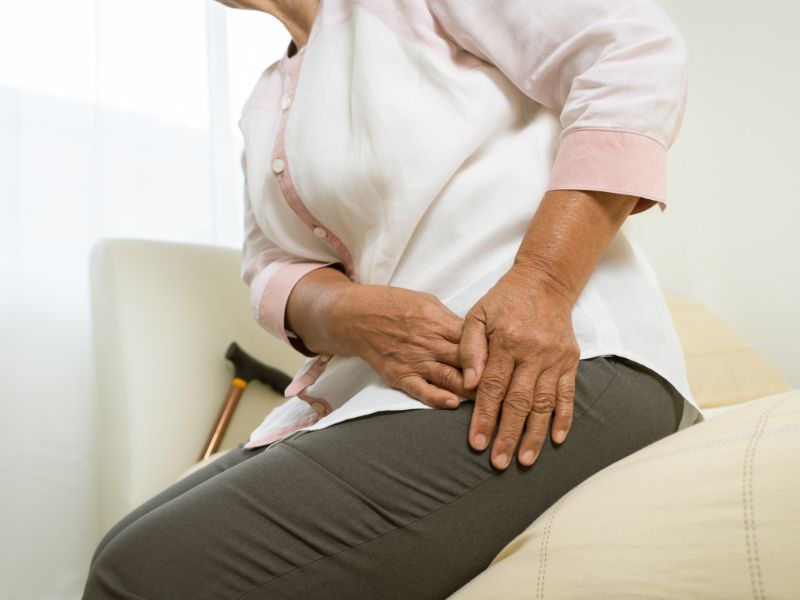
Understanding Epiphysiolysis: Symptoms, Causes, Diagnosis, and Treatments
Epiphysiolysis is an orthopedic condition that primarily occurs in adolescents during their growth phase. This condition happens when the epiphysis (the end of a long bone) partially slips or detaches from the underlying bone. It usually affects the hip, commonly involving the femoral head epiphysis.
Symptoms
Symptoms of epiphysiolysis include hip or groin pain, limping, or difficulty bearing weight on the affected side. This slippage can be gradual or sudden but early detection is crucial to avoid any future complications.
Causes and Risk Factors
Various factors contribute to epiphysiolysis, including rapid growth during adolescence, hormonal issues, obesity, and pre-existing bone abnormalities. Adolescents experiencing growth spurts are at a higher risk.
Diagnosis
Epiphysiolysis is typically diagnosed through radiological examinations, such as X-rays, which can reveal any abnormal slippage of the epiphysis. The patient’s reported symptoms are also considered during diagnosis.
For a better visualization of the pathology, please click on the following link to access radiological images.
Treatment
Treatment of epiphysiolysis can vary depending on the severity of the condition. In mild cases, conservative measures such as rest, crutches, and close monitoring may be sufficient. However, more severe cases may require surgical intervention to stabilize the epiphysis and prevent further slippage.
Taking epiphysiolysis seriously is essential because early diagnosis and management are crucial to avoid long-term complications, such as early-onset hip arthritis.
If you’re experiencing hip pain or walking difficulties, especially during the growth phase, it’s recommended to consult a healthcare professional for a thorough examination. Early detection can contribute to a better prognosis and more positive treatment outcomes for this orthopedic condition.



